Should I Cover Turbine Roof Vents In Winter?
Rain Heads Custom Made Shipped Free Australia Wide – Click Here >
Dambuster Rain Heads Shipped Free Australia Wide – Click Here >
Commercial Industrial Roof Vents 300mm-950mm – Click Here >
Eco-Friendly Roofing Insulation Shipped Free – Click Here >
Gutter Sumps Shipped Free Australia Wide – Click Here >
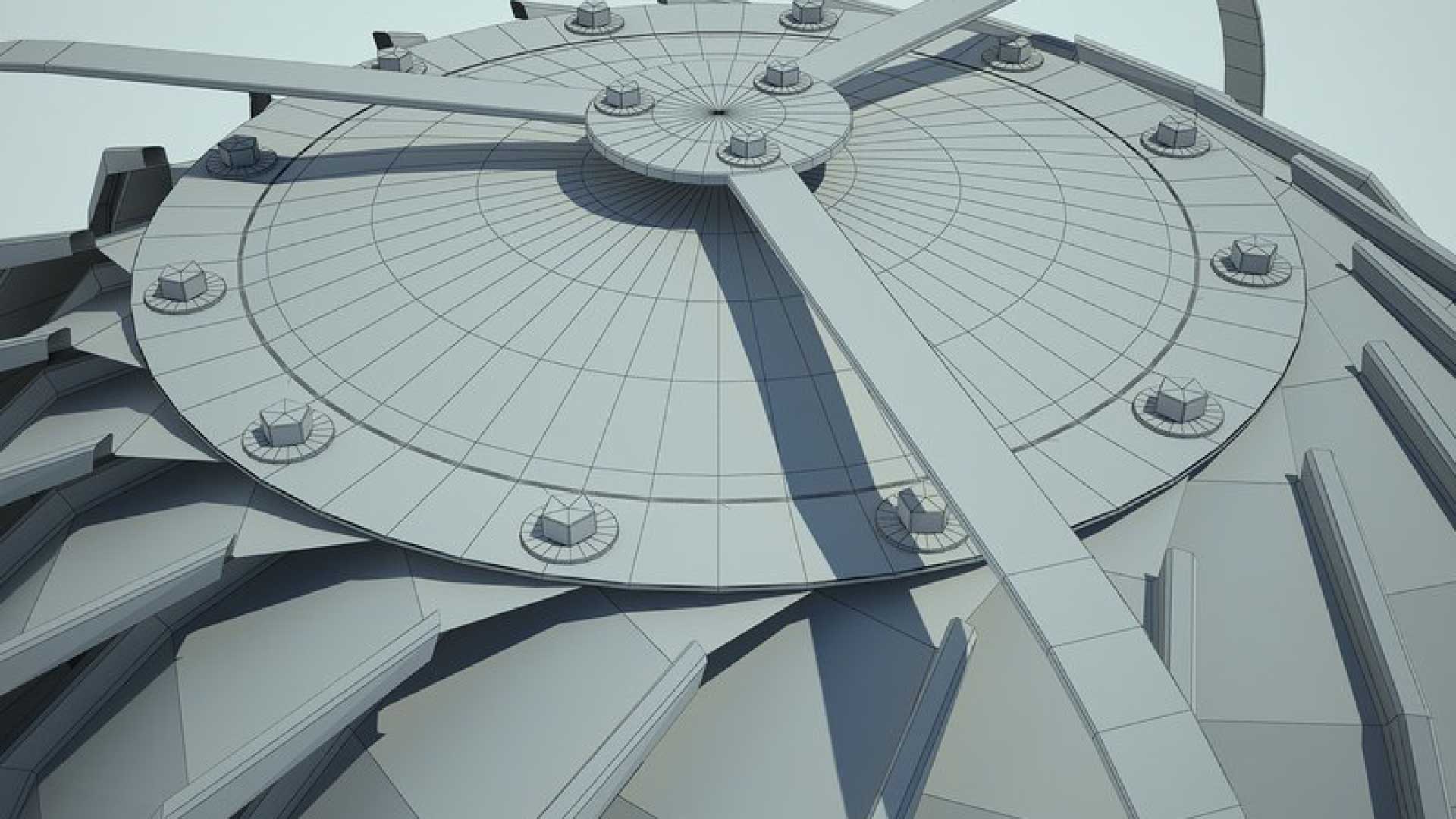
Should Whirlybirds be Covered in Winter?
Think twice before you plan to cover your roof vents during winters. You may be worried about the air entering your home and increase your heating costs. But, turbine roof vents shouldn’t be barricaded. With less air circulation, the risk for home environment damage increases.
Roof vents help air to circulate throughout your home. Although your attic may become cold during winters, it won’t damage your home. Hence, covering the turbine roof vents is not required. When you block the vents, it traps moisture in the attic. As such, it harms your home.
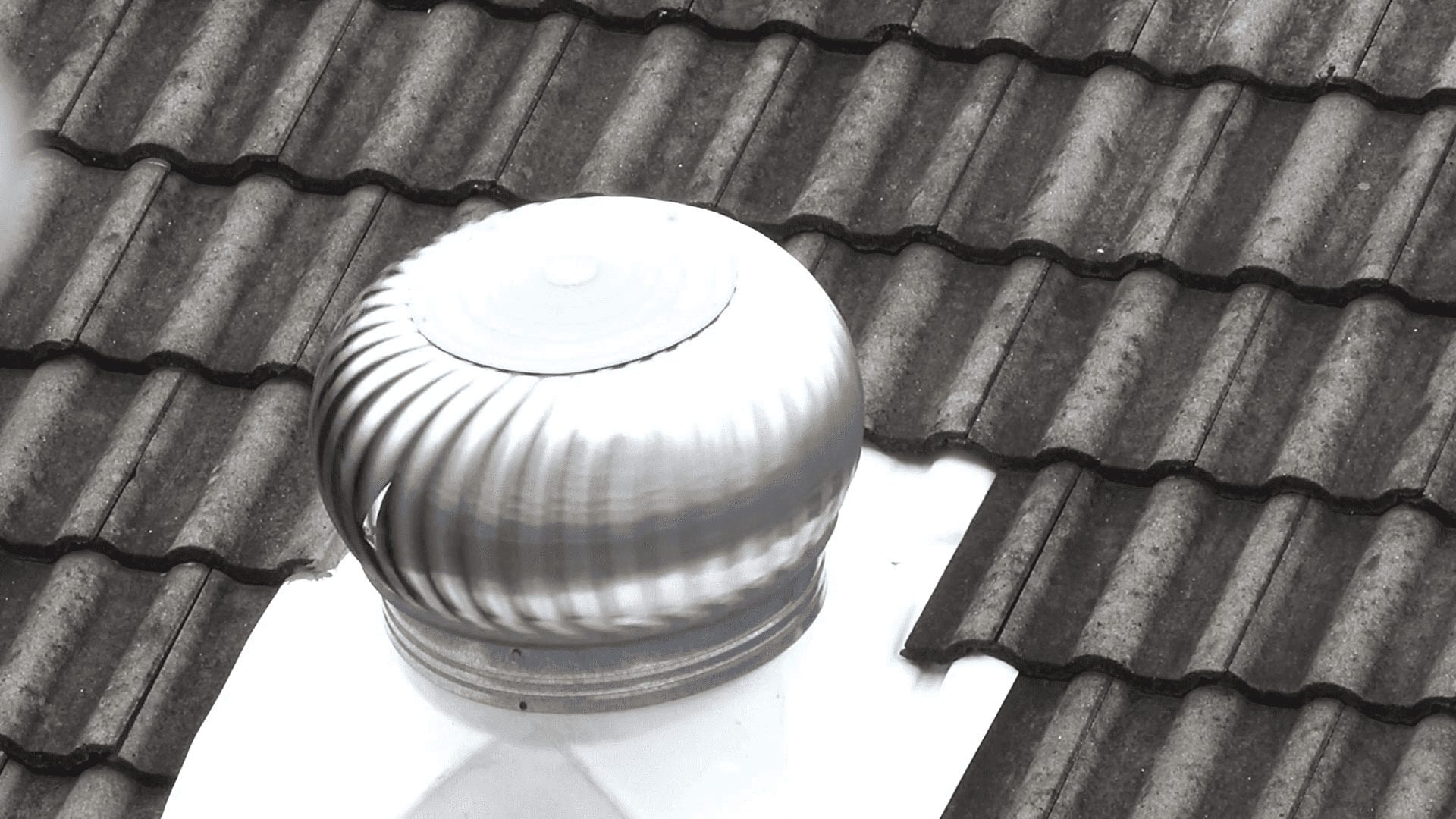
Ventilation in Your Home During the Winter:
‘Should I cover turbine roof vents in winter?’ This is the most common question you’ll come across. Well, the answer is ‘no’. There are different kinds of roof vents, and covering them during the winter is not a good idea. These vents are responsible for creating air circulation.
Moisture problems:
Air circulation is needed to keep your room and attic from getting damaged during the cold weather. With low temperatures around, moisture in your home tends to rise to the attic. When moisture gets trapped there, mould problems start to evolve. Open turbine roof vents help the moisture to leave and travel outside the attic.
Open roof vents make sure that cold air may enter the attic. This is crucial in colder climates with heavy precipitation. When the attic is too warm in cold climates, the frozen precipitation on your roof melts and refreezes after dripping down the gutters. Such an accumulation of ice can result in broken gutters.
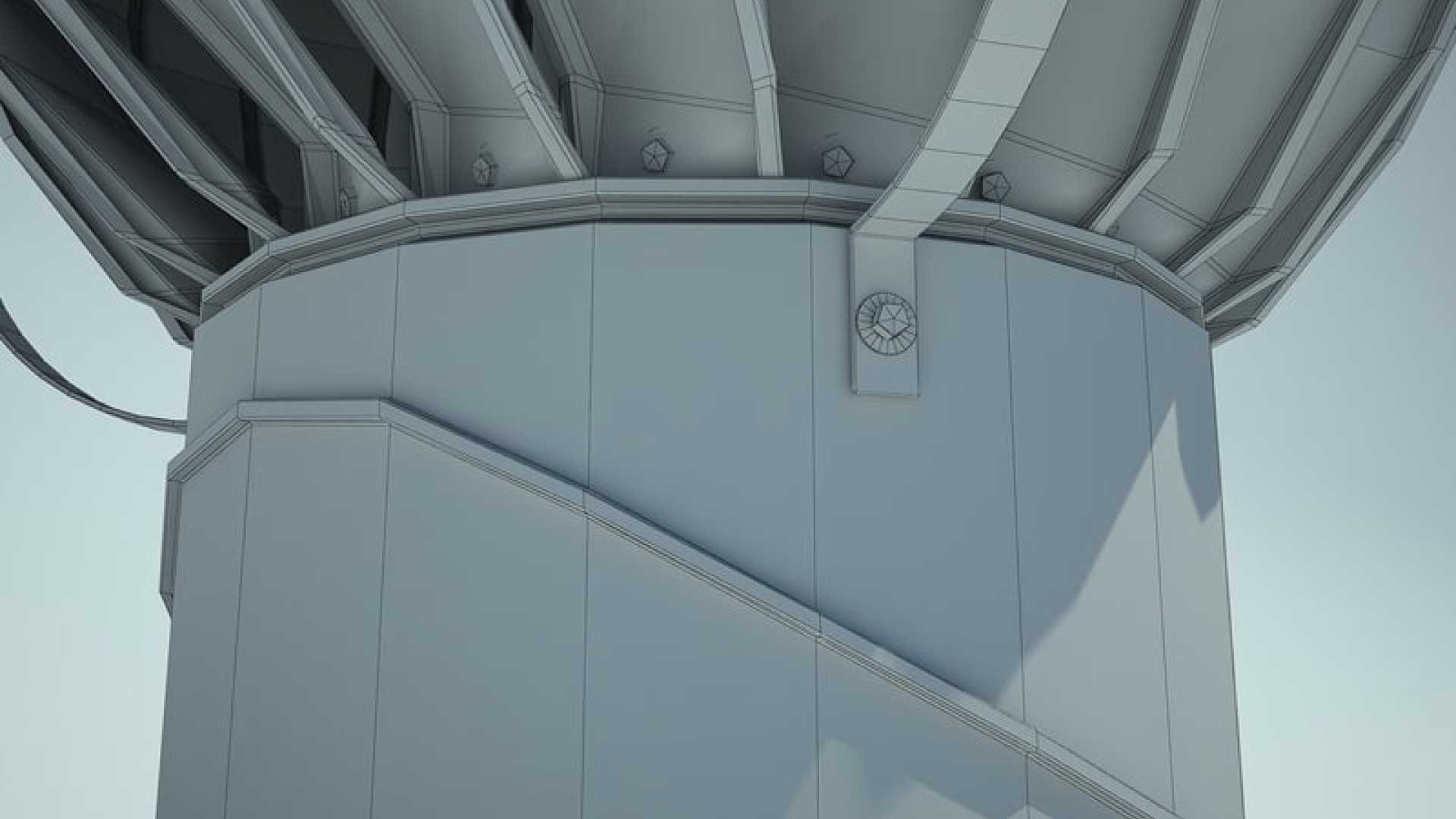
Less Effective Insulation:
Not many people understand the fact that when you cover a roof turbine during the winter season, it can increase your energy costs. That’s because of the sudden rise of moisture in the attic, which causes the exposed insulation to dampen. When the insulation gets damaged due to the dampness, it becomes very less effective. As such, it allows more loss of heat from your living space at your home.
Ceiling insulation:
To avoid loss of heat through your attic, you need to make sure that the ceiling in your home is properly insulated. Replacing the present insulation or adding a new one with something more effective is pretty simple and inexpensive.
Benefits of Venting Your Home:
There are some reasons why your roof needs to be vented. Poorly ventilated homes don’t provide sufficient air circulation to allow heat to escape from the attic naturally. Because of the increased heat, it can damage the shingles. Apart from protecting your roof, a nicely vented home pushes hot air out of the room during the summer.
As a result, vents prevent the air conditioners from overworking. This means you can have lower energy bills along with a better functioning machine. Ventilation is crucial because it prevents both low and high-temperature fluctuations. When you allow the cool air to circulate and hot air to exit, it helps to keep your home comfortable all year round.
What Are the Benefits of Installing Turbine Roof Vents?
While at first glance, a turbine may look complex. But, in reality, it is quite simple. Inside the turbine is a fan, which is sensitive to breezes. The fan turns on when the wind blows. It draws the air up from the attic and scatters it. Here are some good reasons why turbine roof vents are good for your house.
- Attic ventilation – All the hot and humid air from the attic are dispersed outdoors with the help of roof vents so that humidity doesn’t give rise to mould, or other kinds of moisture problems. Because turbines are directly attached to the attic spaces, they siphon away the moist air in an effective way. It is useful in winters when the homes are filled with warm air and need to be dispersed.
- Substitute for ridge vents – These kinds of vents are quite effective when it is about venting hot air from the attic, and you can find them along the ridges below the roof. Although they are useful in venting hot attic, there isn’t room for them always. In this scenario, turbine roof vents are the next best solution. These vents are flexible regarding placement and there is room for them always.
- No need for an energy source – Turbine roof vents are usually called passive vents because they don’t need any kind of energy source to work. It requires a bit of wind to run, which is normally present in the rooftops even on calm days. It means, they perform to their fullest without incurring electric costs. You need to pay for the installation charges only.
- Lasts for a long time – Because of their rounded, simple design, turbine vents rarely break down because of debris. With simple maintenance, turbine roof vents can go on for many years into the near future.
How to clean roof vents during the winters?
During very low temperatures, there could be snowfall. And, ice accumulation may affect adversely on your roof’s ventilation capability to allow air circulation through the attic. Building up of ice on the rooftops increase weigh on it, which can be dangerous if it becomes heavier.
This is the reason why it is important to clean the roof vents after heavy precipitation. You if are accustomed to cleaning the debris from your rooftops, it is fine. But, if you aren’t experienced, it is best to hire professionals.
You should never attempt to climb on a roof covered with ice and snow. A professional ice remover is a licensed, insured contractor who uses proper tools to reduce ice and snow accumulation. This way, your turbine roof vents are protected from damage.
Maintenance for roof ventilation:
Ensure that your turbine roof vents are performing well during the cold weather by some easy maintenances along the way. Clean the attic fan, under-eave, and clear off leaves, sticks, or other materials from the exhaust vents.
Conclusion:
During winter, your turbine roof vents allow moisture to disperse the attic space. It prevents the growth of mould and other damages further. You need to leave your roof vents open when the weather is pretty cold and do not cover them.
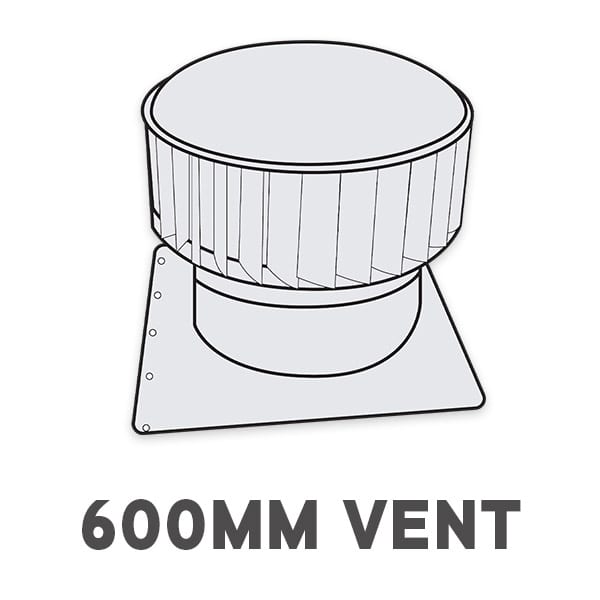
Supply & Installation Price
Sydney Metro Only
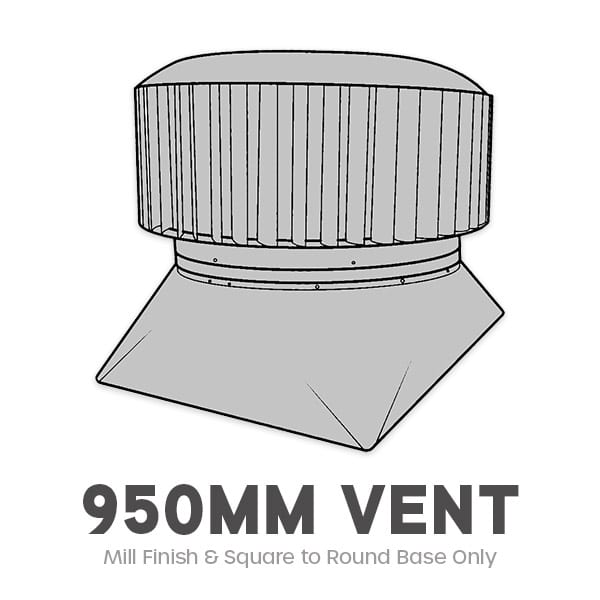
Supply & Installation Price
Sydney Metro Only
1 Roof Vent
Supply & Installation Price
$520/1
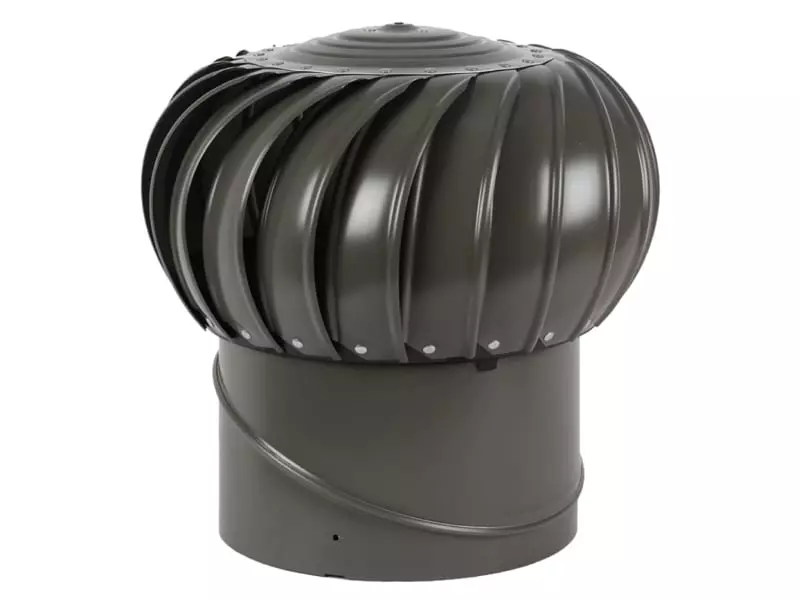
1 Ampelite 300 Spinaway
Colorbond or Mill Finish Supply & Installation Price
Download PDF
2 Roof Vent
Supply & Installation Price
$860/2
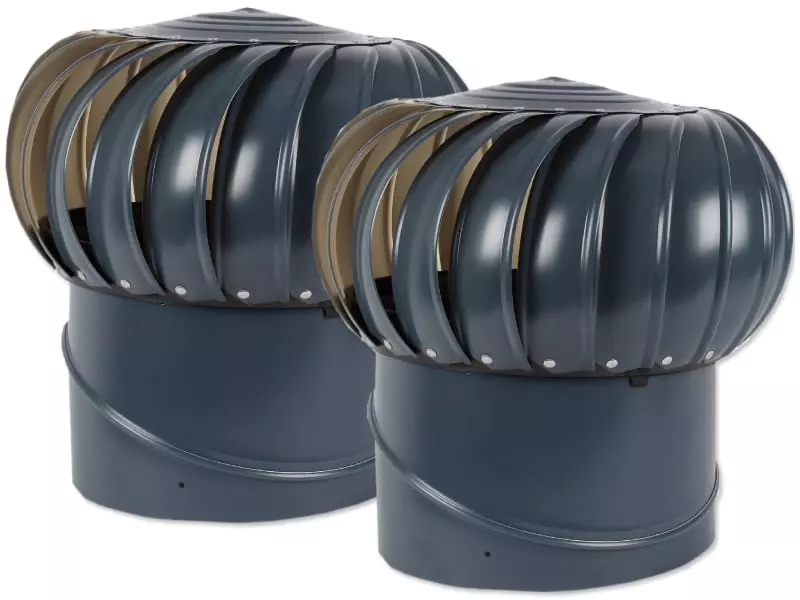
2 Ampelite 300 Spinaway
Colorbond or Mill Finish Supply & Installation Price
Download PDF
3 Roof Vent
Supply & Installation Price
$1,090/3

3 Ampelite 300 Spinaway
Colorbond or Mill Finish Supply & Installation Price
Download PDF
4 Roof Vent
Supply & Installation Price
$1,300/4

4 Ampelite 300 Spinaway
Colorbond or Mill Finish Supply & Installation Price
